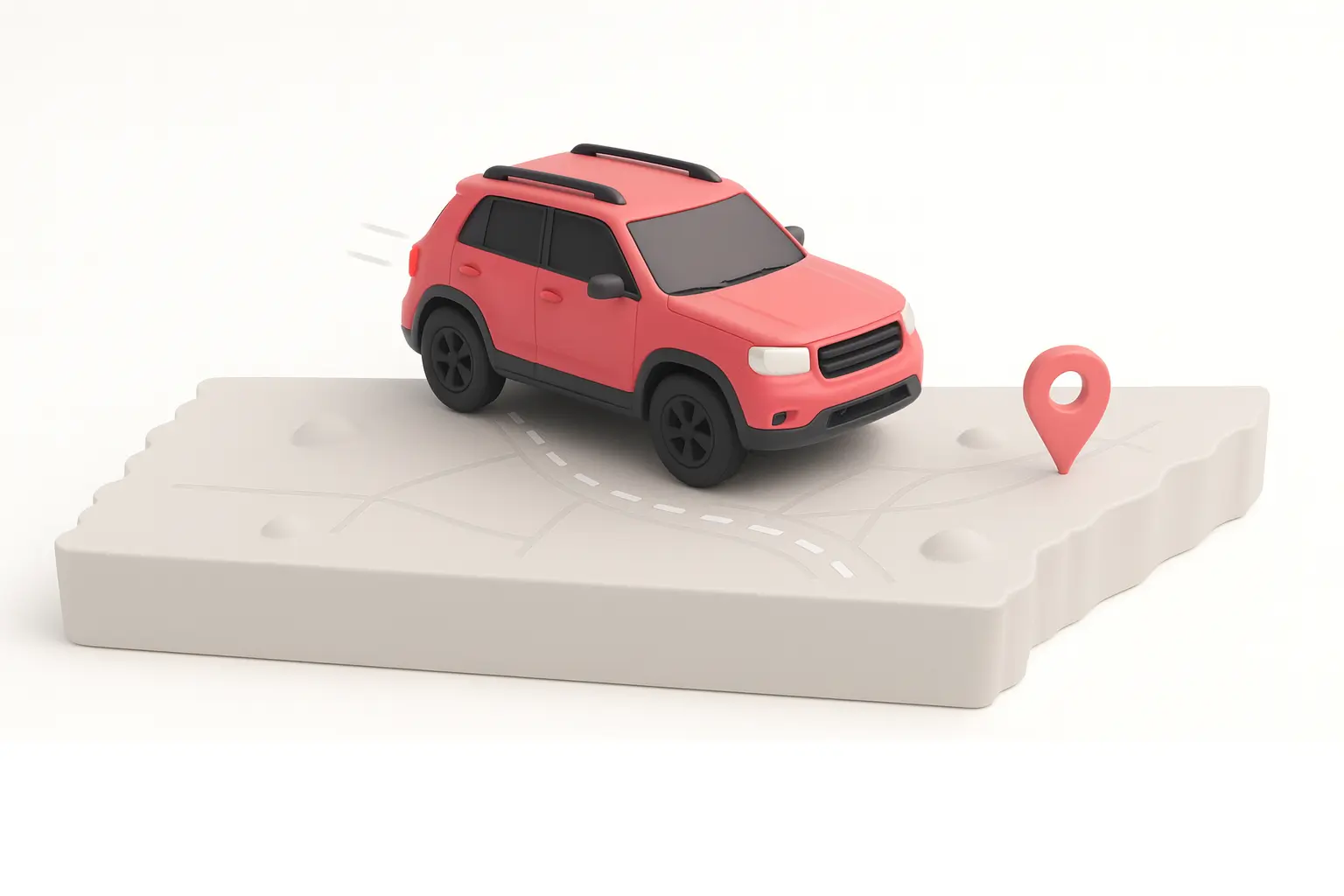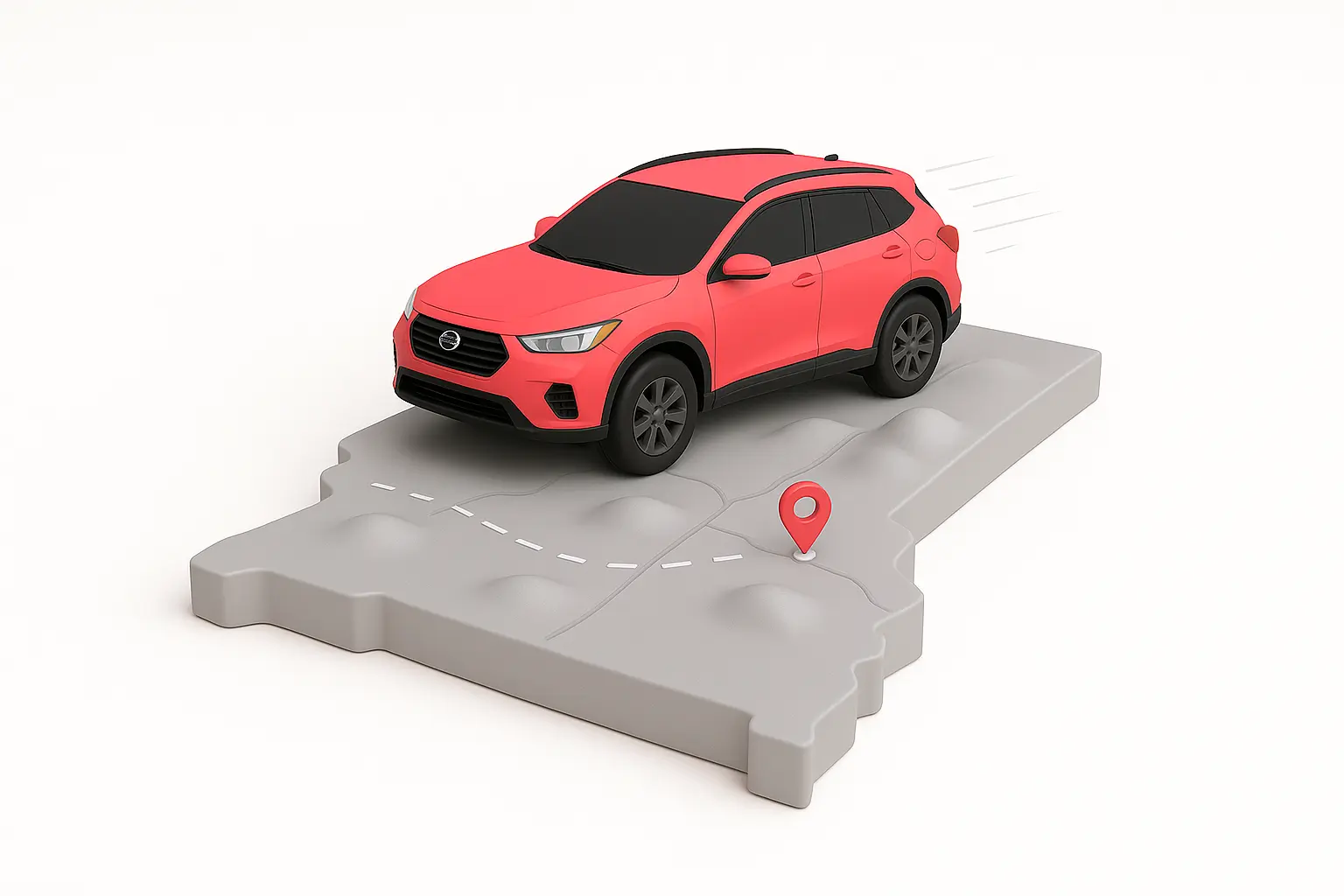Comprehensive insurance covers your car for damage from events beyond your control, including theft, natural disasters and animal strikes. Jerry has helped 108,903 drivers get comprehensive insurance this year, and our experts recommend it for anyone with a car that would be expensive to replace in an emergency.
It won’t pay for crash damage (that’s collision insurance), but it covers nearly everything else that could harm your car while parked or driving.
Here’s what comprehensive insurance covers — and doesn’t.
| Covered | Not Covered |
|---|---|
| Animal impact or collision. | Damage from a car accident. |
| Natural disasters. | Medical expenses. |
| Fire. | Legal fees. |
| Vandalism. | Lost income. |
| Vehicle or parts theft. | Damage to another person’s car or property. |
| Falling objects. | Normal wear and tear. |
| Riots or civil unrest | Personal items stolen from your vehicle. |
The Jerry difference: Compare car insurance quotes in the Jerry app, where you can see personalized quotes in minutes, including the relative costs of comprehensive insurance.

Jerry pulls up to 20 quotes from top rated carriers.
Do you need comprehensive insurance?
If you finance or lease your vehicle you’ll likely be required by your lender to buy comprehensive coverage. But it also may provide value long after your car is paid off. Here’s how to know whether to consider it.
-
Your car is worth more than you can afford to replace.
-
You live in an area prone to theft, vandalism or natural disasters.
-
You park outside or drive in areas with wildlife.
-
Losing your car would create significant financial hardship.
If any of these scenarios apply to you, comprehensive coverage may provide valuable financial protection. If you own an older, low-value car and have substantial savings, you might consider skipping comprehensive to save on premiums.
Key takeaway: Comprehensive works with collision coverage to provide complete coverage for your car, but neither one pays for injuries or damage to others’ property (that’d be liability insurance).
Learn more: The 6 main types of car insurance
What comprehensive insurance costs
A policy with comprehensive coverage typically costs $159-$265 per month, or $1,910-$3,179 per year.
However, it’s not usually possible to buy it alone. All auto policies must include state-mandated coverages and comprehensive is rarely sold without collision coverage. All together, they’re considered full coverage car insurance.
Your deductible, or the amount you’ll pay out of pocket before your comprehensive insurance pays a claim, directly impacts the premium cost.
Based on Jerry customers with clean driving records who found savings in the past 12 months. Savings depend on coverage and other factors. Potential savings will vary.
Compare quotes with comprehensive through Jerry
When you shop for car insurance, compare rates with comprehensive to see how it is priced. You can get quotes through Jerry, then add or remove it to see whether the coverage makes sense to add.
Jerry works with over 50 carriers to compare quotes in minutes. If your comprehensive price rises, check the app to see if another carrier is cheaper for you.
How comprehensive insurance works in a claim
Here’s how comprehensive coverage works in a claim.
🚗 Scenario:
A hailstorm damages your car, and the damage costs are $4,200. Your comprehensive coverage deductible is $500.
| Scenario breakdown | Amount |
|---|---|
| Hailstorm damage to your car | $4,200 |
| Comprehensive deductible, the amount you pay out of pocket | $500 |
| Insurance pays: | $3,700 |
Without comprehensive coverage: You’d pay the full $4,200 for repairs or drive a damaged vehicle.
With comprehensive coverage: You pay only your $500 deductible, saving $3,700 in unexpected expenses.
When to file a comprehensive claim
Whenever you file a claim, your insurance costs are likely to increase at your next renewal. Use this decision framework to determine if filing makes financial sense:
File a claim when:
-
Damage exceeds your deductible by $500 or more.
-
Your vehicle is stolen or totaled.
-
Repair costs approach your car’s value.
Don’t file a claim when:
-
Damage is less than your deductible.
-
Repair costs are only slightly above your deductible.
-
You can afford repairs without financial strain.
Key takeaway: Remember that comprehensive claims can still impact your rates for up to three years, even though the damage wasn’t your fault.

It only takes 2 minutes to sign up at Jerry.
FAQ
-
❌ Is comprehensive insurance required by law?
-
💧Does comprehensive cover flood damage?
-
⚠️Will my rates increase after a comprehensive claim?
-
✅ Can I add comprehensive coverage to liability-only insurance?
-
🤔 Does comprehensive cover rental cars?
-
💡 What’s the difference between comprehensive and collision coverage?
Methodology
Data included in this analysis comes from policies that Jerry has quoted within the last 6 months for drivers with a clean record and that have full coverage, unless stated otherwise. Data related to violations, accidents or credit scores pull from quote data from the last 18 months. Jerry services 48 states and offers a range of insurance companies to choose from.

Ben Moore is a writer and editor at Jerry and an auto insurance expert. He previously worked as a writer, editor and content strategist on NerdWallet’s auto insurance team for five years. His work has been published in The Associated Press, Washington Post, Chicago Sun-Times, MarketWatch, Nasdaq and Yahoo News. He also served as a NerdWallet spokesperson, with appearances on local broadcast television and quotes in Martha Stewart and Real Simple magazine.
Ben has an extensive background in digital marketing, working on affiliate and programmatic advertising campaigns for brands like Cabela’s, H&R Block and Sears. He holds a bachelors degree in marketing from Olivet Nazarene University.






